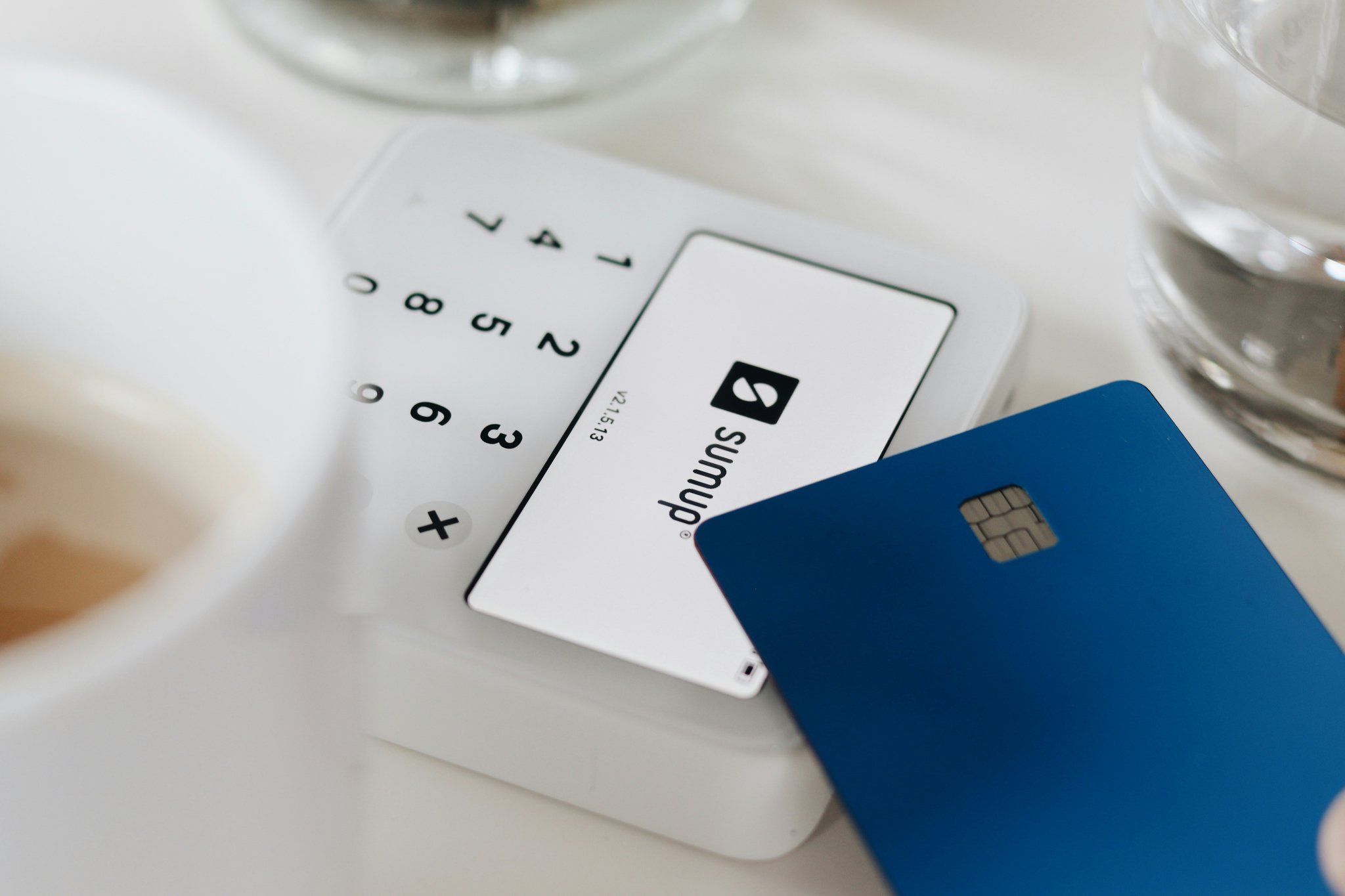Ever had a heated argument over who spent what on a joint credit card? Or wondered if merging your finances was actually a blessing or a curse? If you’re nodding along, this blog post is for you.
We’ll break down everything you need to know about joint credit card debt sharing, including how to avoid common pitfalls and maximize the benefits. You’ll learn the ins and outs of shared finances, actionable tips for managing joint credit cards, and real-world examples that’ll make you think twice before swiping.
Table of Contents
- Introduction
- Why Joint Credit Cards Matter (Pain Points & Opportunities)
- Step-by-Step Guide to Managing Joint Credit Card Debt Sharing
- Best Practices for Keeping Joint Credit Card Debt in Check
- Real-World Examples of Joint Credit Card Success (and Failures)
- Frequently Asked Questions About Joint Credit Card Debt Sharing
- Conclusion
Key Takeaways
- Joint credit card debt sharing can strengthen financial trust—if managed responsibly.
- Poor communication is the #1 enemy of successful joint credit card use.
- Clear boundaries, shared budgets, and regular reviews are essential for success.
- Ignoring warning signs like mounting debt can lead to serious consequences.
Why Joint Credit Cards Matter (Pain Points & Opportunities)

Let’s get real here—money talks are hard enough as it is. Add a joint credit card debt sharing arrangement into the mix, and you might feel like you’re walking through a minefield blindfolded.
I once co-signed a joint credit card with my partner back in college because “it seemed easier.” Spoiler alert: It wasn’t. By month three, we were both drowning in unexpected charges and arguing over whose responsibility it was to pay up. Sounds familiar?
The truth is, joint credit cards aren’t inherently bad—they just require work. Here’s why they matter:
- Shared goals: From paying off student loans together to saving for vacations, joint credit cards offer convenience.
- Credit building: Both parties share credit history, which can boost scores if handled well.
- Flexibility: Splitting household expenses becomes simpler.
But beware—the downside is equally potent. One wrong move, and you could end up shouldering someone else’s reckless spending. And let’s not even start on how easy it is to lose track of who owes what unless you’ve got systems in place.
“Optimist Me:* This is gonna bring us closer.
Grumpy Me: Are you kidding me?! We barely agree on which coffee beans to buy…”
Step-by-Step Guide to Managing Joint Credit Card Debt Sharing

Step 1: Set Ground Rules
Before signing on the dotted line, sit down together and hammer out the rules. What’s the spending limit per person? Who handles payments? These discussions prevent disasters later.
Step 2: Choose Transparent Tools
Use budgeting apps like Mint or YNAB to keep tabs on your spending. Seeing every transaction in one place ensures no surprises come billing time.
Step 3: Automate Payments
Automate at least the minimum payment to avoid late fees. Bonus points if you set reminders for full balance payments.
Step 4: Review Monthly Statements Together
Block out time each month to review your statement as a team. Trust me; this ritual prevents arguments and builds accountability.
Best Practices for Keeping Joint Credit Card Debt in Check

- Create Separate Categories: Divvy up expenses into “his,” “hers,” and “ours” categories to minimize confusion.
- Prioritize Communication: If something big comes up—a medical emergency, say—talk about it ASAP instead of assuming the other party will cover it.
- Set Limits: Use tools like automatic alerts when you approach your agreed-upon spending cap.
Note: Pro tip that’s almost TOO good—it’s borderline cheating but effective nonetheless? Only use your joint credit card for fixed expenses like rent or utilities. Keep discretionary spending on individual accounts.
(Disclaimer: Just kidding, don’t do this—it creates unnecessary complexity.)
Real-World Examples of Joint Credit Card Success (and Failures)
Meet Sarah and Jake, a couple who turned their $5,000 joint credit card debt into a lesson in teamwork. They started by reviewing every purchase together and categorizing needs vs. wants. Within six months, they wiped out the balance entirely!
On the flip side, there’s Anna and Mark—a cautionary tale. Their lack of transparency led to $15,000 worth of joint debt before things hit rock bottom. Lesson learned? Always communicate openly.
Frequently Asked Questions About Joint Credit Card Debt Sharing
Q: Can I be held liable for someone else’s debts on a joint credit card?
Absolutely yes. That’s why choosing the right partner matters more than ever.
Q: Is it better to open a joint card or add someone as an authorized user?
It depends on your situation. Authorized users typically face fewer risks since primary account holders remain fully responsible.
Conclusion
Navigating joint credit card debt sharing isn’t rocket science—but it does demand patience and structure. With clear ground rules, smart money management apps, and plenty of honest conversations, you can ace this partnership without sacrificing peace of mind.
So grab your favorite beverage, sit down with your partner, and tackle those shared finances head-on. After all, a little effort now saves heaps of stress later.
Bills are paid, hearts aligned,
Shared debt ain’t such a bind.


